Este post também está disponível em:
Português
English
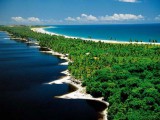
The Maraú Peninsula is one of the localities of the Dendê Coast, in Bahia, a region located between the mouth of the Jaguaripe River and Camamu Bay.
There are 115 km of coastline that include beaches, bays, mangroves, sandbanks, rivers, waterfalls and sanctuaries.
The Maraú Peninsula in southern Bahia, between Morro de São Paulo and Itacaré.
Just by referring to the two neighboring natural paradises, it is already possible to imagine the richness of the region’s landscapes and ecosystems.
The Maraú Peninsula has more than 40 km of beaches that are practically deserted all year round.
Even in the summer, when the inns are full, the beaches seem empty because tourists disperse along the vast coast covered with coconut trees.
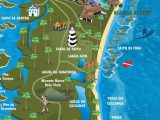
At low tide dozens of natural pools are formed, crowded with fish, which appear between mazes of reefs.
In fact, it is important to consult the tide table daily because the landscapes are capable of transforming completely with the changes of the moon and the tides.
The Praia de Taipu de Fora is considered one of the most beautiful in Brazil because it has a natural pool of one kilometer long with fish of all colors.
In summer, dives are made with flashlights to observe the nocturnal marine fauna.
In winter, the rains are more frequent, but the tours take place normally and the periods of new moon and full moon, when the tide is dry, are ideal for diving.
Barra Grande is the largest village on the peninsula and still preserves the caiçara simplicity, despite housing the main inns, bars and restaurants in the region.
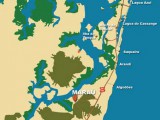
On almost all beaches there are inns with 4×4 vehicles, speedboats, catamarans and good service, which organize tours throughout the region. One of the best known is by boat through the islands of the peninsula.
When arriving at Sapinho Island for lunch, the best choice is guaiamum, a blue crab freshly caught.
Another famous trip is to the beautiful Tremembé waterfall, the only one in Brazil that flows into the sea. The boat comes so close to the waterfall that it is possible to touch it before disembarking.
The peninsula belongs to the APA (Environmental Protection Area) Maraú, a sustainable use conservation unit of the Atlantic Forest Biosphere Reserve in southern Bahia, which has a series of nature preservation laws.
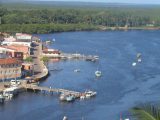
The town that gives its name to the region is located south of the peninsula, far from the beaches.
It was founded in 1705 by Italian friars who settled in the indigenous village of Mayra-hú and preserves the church, colonial houses and the ruins of a kerosene plant from the 19th century.
To the south of Barra Grande, in the heart of the Maraú Peninsula, is the Taipus area, an indigenous word that designates the rounded hills characteristic of the place.
Watch the videos and reports about the Maraú Peninsula
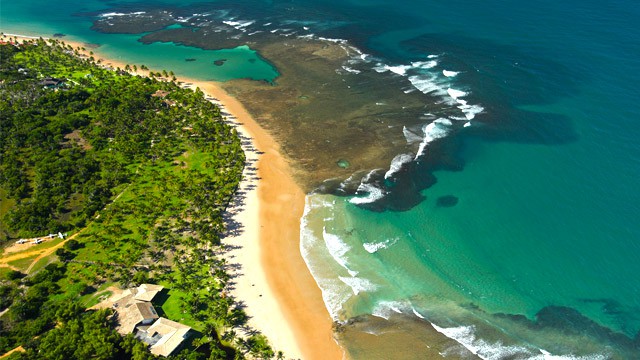

Península de Maraú - Reportagem
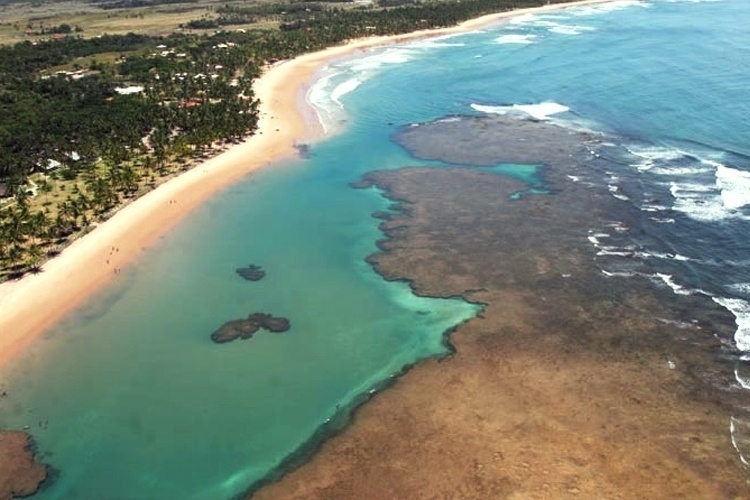
Península de Maraú Guia
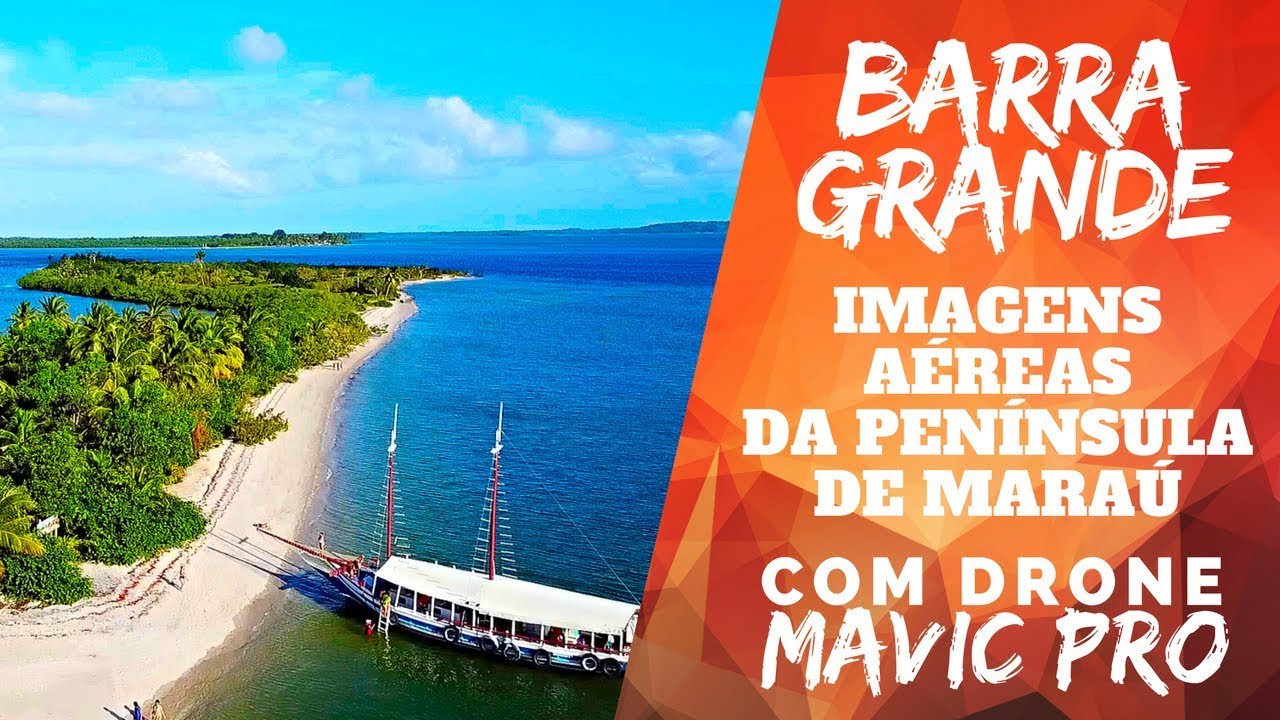
Península de Maraú - Drone04:00
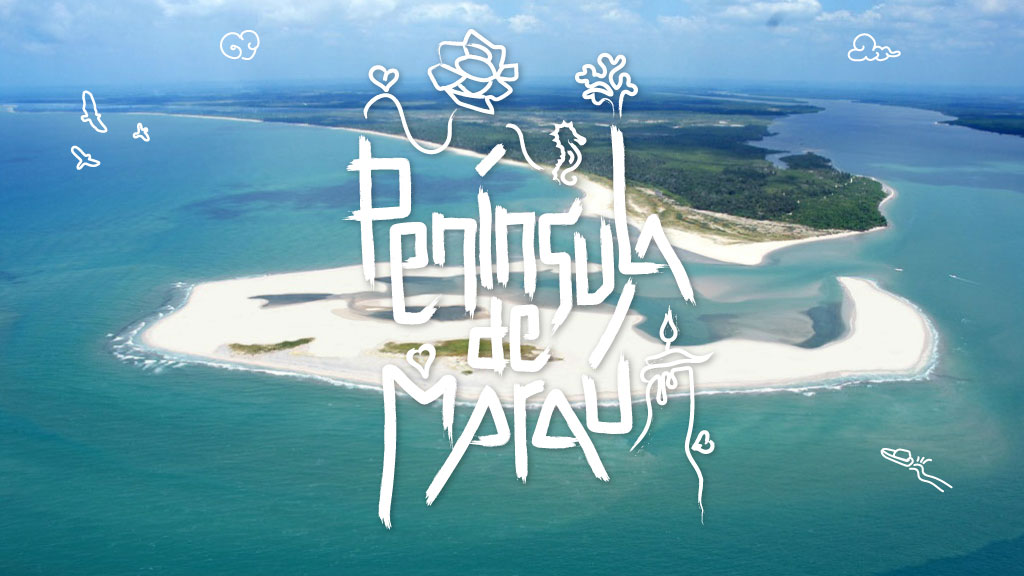
Península de Maraú Guia de Turismo10:37
TAIPUS OUT ON THE MARAÚ PENINSULA
Taipus de Fora has more than 7 km long, giant coconut trees, coral reefs and clear sand, Taipus de Fora beach is the most sought after of the peninsula.
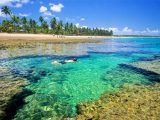
It was elected the sixth most beautiful beach in Brazil by Viagem e Turismo magazine and Quatro Rodas guide.
In recent years, the infrastructure of the beach has been growing with inns, summer houses, bars-restaurants and other services.
1. NATURAL POOLS
The great attraction of the place are the immense natural pools that form at low tide between the coral reefs. With crystal clear waters, full of fish, they are suitable for snorkeling and underwater observation.
To fully enjoy the natural pools, it is best to go during the full moon and new moon seasons, when the tide dries more, exposing the corals.
2. IN THE SURROUNDINGS
Taipus de Fora can be a great starting point to explore the Maraú Peninsula.
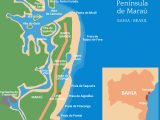
There is regular transportation to the village of Barra Grande, located 7 km to the north. Further west, the villages of Taipus de Dentro and Campinho constitute two alternative accesses to Camamu Bay.
South of Taipus, deserted beaches and coconut groves stretch for dozens of kilometers. The Blue Lagoon, the forest of Giant Bromeliads and the Cassange Lagoon are some of the must-see places that can be found along the way.
3. BLUE LAGOA
The Blue Lagoon is located at the southern end of Taipus de Fora beach. It is a freshwater lagoon rich in lanolin, ideal for relaxing baths after the sea.
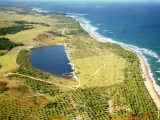
The lagoon is located at the foot of Morro do Farol, the highest point of the Maraú Peninsula. from where, in clear weather, you can observe the entire length of the beaches, from Ponta do Mutá to Itacaré.
Lagoa Azul and Morro do Farol can be easily reached on foot from Taipus de Fora beach.
Bahia.ws is the largest travel and tourism guide for Bahia, Salvador and the Northeast.



















